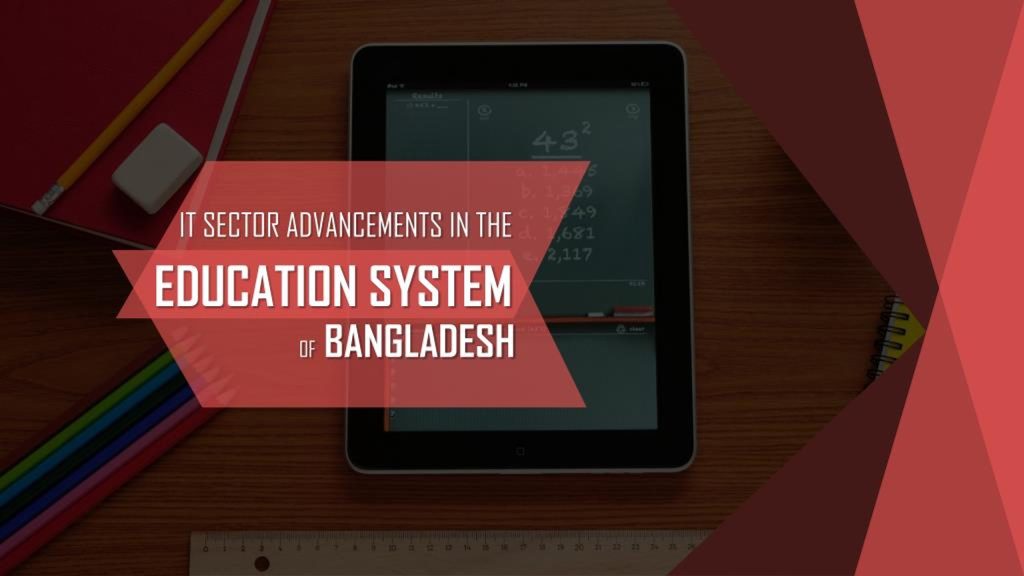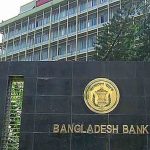Understanding the Bangladesh Education System: Challenges and Opportunities
Education is a critical pillar for any nation’s development, and Bangladesh is no exception. Over the past few decades, Bangladesh has made significant strides in improving its education system, but challenges remain. In this blog post, we’ll explore the structure, achievements, and ongoing challenges of the education system in Bangladesh, along with potential solutions for a brighter future.
1. Overview of the Education Structure
The education system in Bangladesh is divided into three main levels: primary, secondary, and higher education. Each level plays a crucial role in shaping the future of the nation.
- Primary Education (Grades 1-5): This is the foundation of education in Bangladesh, and the government has made primary education free and compulsory. Despite this, issues like overcrowded classrooms and insufficient teaching resources persist.
- Secondary Education (Grades 6-12): Secondary education is divided into two stages: lower secondary (grades 6-8) and upper secondary (grades 9-12). At this level, students often specialize in different streams such as science, arts, or commerce.
- Higher Education: After completing secondary education, students can pursue higher education through universities, colleges, and technical institutes. The country boasts both public and private institutions, though access to quality higher education remains uneven.
2. Achievements and Progress
Bangladesh has made notable progress in several areas of education:
- Increased Enrollment: The country has achieved impressive enrollment rates at the primary level, with gender parity in school attendance being a significant accomplishment.
- Female Education: Bangladesh has made strides in promoting female education, with programs and policies aimed at reducing gender disparities in education. This has had a positive impact on literacy rates and women’s participation in the workforce.
- Technological Advancements: The integration of technology into education, especially in urban areas, has opened up new learning opportunities. Initiatives like “Digital Bangladesh” aim to expand access to digital tools and resources in schools.
3. Challenges Facing the Education System
Despite progress, the education system in Bangladesh faces several ongoing challenges:
- Quality of Education: While enrollment rates have improved, the quality of education remains a concern. Issues like outdated curricula, a lack of trained teachers, and inadequate infrastructure hinder students’ learning experiences.
- Dropout Rates: High dropout rates, especially at the secondary level, are a significant challenge. Many students leave school due to poverty, child labor, or early marriage, particularly in rural areas.
- Urban-Rural Disparities: There is a stark contrast between urban and rural education. While urban schools often have better facilities and access to technology, rural schools struggle with limited resources, poorly trained teachers, and lower attendance rates.
- Access to Higher Education: Although more students are enrolling in higher education, access to quality institutions remains limited. Many students face barriers such as high tuition fees, limited seats in public universities, and a lack of awareness about scholarship opportunities.
4. Potential Solutions and Future Directions
To address these challenges and continue improving the education system in Bangladesh, several steps can be taken:
- Teacher Training: Investing in teacher training programs can enhance the quality of education. Teachers who are well-trained and supported can create more engaging and effective learning environments.
- Curriculum Reform: Updating the curriculum to meet modern needs and global standards is essential. This includes integrating critical thinking, problem-solving, and digital literacy into the education system.
- Increased Funding: Allocating more resources to education, particularly in rural areas, can help bridge the urban-rural divide. This includes improving infrastructure, providing teaching materials, and ensuring access to technology.
- Support for Vulnerable Students: Targeted programs that support vulnerable students—such as those from low-income families or girls at risk of early marriage—can reduce dropout rates and ensure that all students have the opportunity to succeed.
5. Conclusion
The education system in Bangladesh has come a long way, but there is still much work to be done. By addressing the challenges of quality, access, and equity, Bangladesh can continue to build a strong education system that empowers its citizens and drives the nation’s development. The future of Bangladesh depends on the strength of its education system, and with the right investments and reforms, the country can ensure that every child has the opportunity to learn and thrive.
Feel free to modify the content as needed or add more specific details related to recent developments in Bangladesh’s education system.


